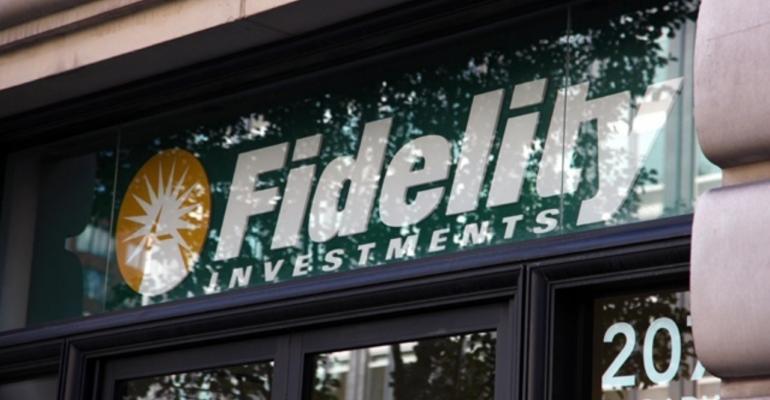Teams at Fidelity Institutional have been chipping away at advisor-driven calls for improved efficiency over the course of the coronavirus pandemic. Wednesday, the firm announced the results of that work, which includes a mix of homegrown, proprietary tools and improvements, as well as a smattering of third-party assistance.
First on the list are improvements to the firm’s Virtual Assistant and search capabilities on Wealthscape, its advisor platform.
“Adoption may historically have been driven by providers pushing out new technology but in this instance it has been a pull,” said Lisa Burns, head of platform technology at Fidelity Institutional. “And this release is more focused on the digital service tools and making navigation simpler and more efficient for advisors.”
Burns said previously search on the platform had been more content specific and results would focus more on the area of the platform an advisor was in at the time. Improvements to the algorithm are now inclusive of highly correlated potential results from across the entire platform.
While the Virtual Assistant is in the form of a chatbot at present, Fidelity is exploring voice-querying capabilities for the future. Burns said she expects the driver of voice interactions to be stronger as the firm continues its work on new versions of its mobile application.
“We are also capturing all that search so it can be applied to machine learning and in turn, in the future, for example, likely results can populate under the search when you are typing,” said Burns.
Fidelity also released new integrated learning experiences, called Smart Walkthroughs, which help guide advisors through key tasks and highlight best practices. These tools are meant to increase an advisor's efficiency in carrying out both routine processes as well as certain areas the firm has had repeated questions about. The Walkthroughs are being created for all new significant features on the platform but are also being added for those areas that have generated the most questions from advisors.
Though most of the work on the improvements and tools has been in-house or homegrown, there are examples of Fidelity partnering with third-party providers.
One such example is with employing artificial intelligence, specifically from machine learning provider HyperScience for analyzing and extracting data from digital forms (though the firm also has technology for doing the same with handwritten forms).
“We know that getting to full digital is a journey and one we have pursued for a long time but there are still some things we must do with forms,” Burns said.
“Going fully STP [straight through processing] is the ultimate goal and while we’ve seen just how complex getting there can be we have also seen the dramatic acceleration you can achieve once you can get the right tools and technology in place” she said.





